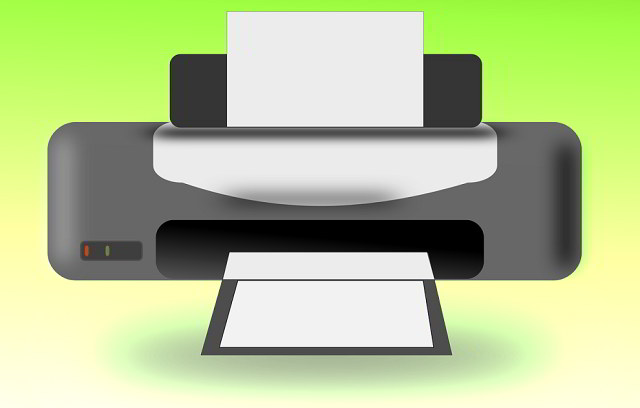So you have finally decided to buy a printer for printing documents at your office or home. But before you go to the market in quest of the printer you need, you should understand some basic terminology used in printers. This this make you understand which printer is good and whether this in the range of your affordability.
Printer Buying Guide
There are two kinds of buyers, one who goes through a full-featured printer and other who have a fixed budget in their mind. There are printers available for all price ranges and of all features and price is an important factor here. You also need to consider which printer unit takes what cartridges to avoid greater costs down the line. For example, a HP printer that requires HP Laserjet p1102 Printer Ink will give you longevity, as well as quality. For general discussions, first you should be very much clear whether you need inkjet printer or laser printer and we have a perfect guide explained on Advices Academy.
The following are the basic specifications that you should check out in every printer that you come across [Printer Specifications Checklist]-
Printer Display Screen
Many of the personal and business printers which are developed with the latest technology include a small display screen which can be used as a control panel for various needs. The typical size of the display screen is 1.5 inches to 8 inches diagonally. This display consists of anything between two lines of character-based messages to a high-end color LCD display. The bigger the printer, bigger would be LCD display screen and better will be the view to edit photos directly from your printer.
Its found that Color LCD will improve the overall experience by offering graphical capabilities and provide enough options. Also there is a display screen available with touch support which is more natural to quickly go through settings and on-screen options.
Printer Dots Per Inches (DPI) Resolution
There are various printers available in the market and all these are available in mostly 300, 600, 1200 and 1440 as the DPI value. DPI is defined as the dots per print which can come onto one square inch of paper.
When so see this value, you should understand that higher the DPI value, higher would be the detailed image printing capacity. This is one such specifications you should look at and this is generally mentioned on the printer specification data sheet itself.
Engine Speed
Engine speed is defined as the pages printed per minute[PPM]. This is an important factor as for how many prints that you get from this printer. The printer vendors often show this in the specifications data sheet and this numbers are usually higher as they count printing speed in draft mode (not so good-looking as that of standard printing) and they don’t even count the time before the first page is printed. Instead, vendors now specify separately ‘first page out in X seconds’.
Internal Memory
Most of the printers used in home, don’t have any memory. Internal memory is an indication of how much data can be Que for printing jobs to your printer. Many of the business printers are supplied with memory capacity ranging from 32 MB to 1 GB of RAM.
USB Port Support
The USB port on to your printer will be a greater addition to the printer features. A USB port on your printer will allow you to take prints directly from your USB flash drive or pen drive. This is generally with security measures to avoid unwanted users from going through printing the documents.
Duty Cycle
Duty Cycle of a printer is defined as the number of pages that device can print per month without fail. The typical readings are 5000 pages for personal printers and for business printers it can go up to 20,000 pages range.
Duty cycle is an indication to the printer durability and so higher the number higher would be the durability of your printer.
Paper Handling Capacity
Paper handling capacity is defined as the total number of papers that you can insert in the tray. A personal printer can hold anything between 100 to 150 papers in a single tray, a business printer with 250 pages and a high-end printer can be with 1,000 pages paper handling capacity. There are several printers available in the market with multiple paper trays and this is essential if you are handling various paper sizes like A4 or A3 or special photo paper.
We don’t say Paper handling is an important parameter, I can be if you a very busy office and you might need multiple paper trays, so choose printer accordingly to your needs.
OS Compatibility
All the printer specifications that you have checked are fine but you should pay a little attention to the operating system that the printer supports. All the printers available in the market supports Windows OS platform but many of the printers don’t support less known OS like Mac or Linux or Chrome OS. So if you own a network printer and one or two users are working on Mac OS then they would be able to take full advantage of your new printer.
Make sure you know your requirements and buy printer accordingly.

